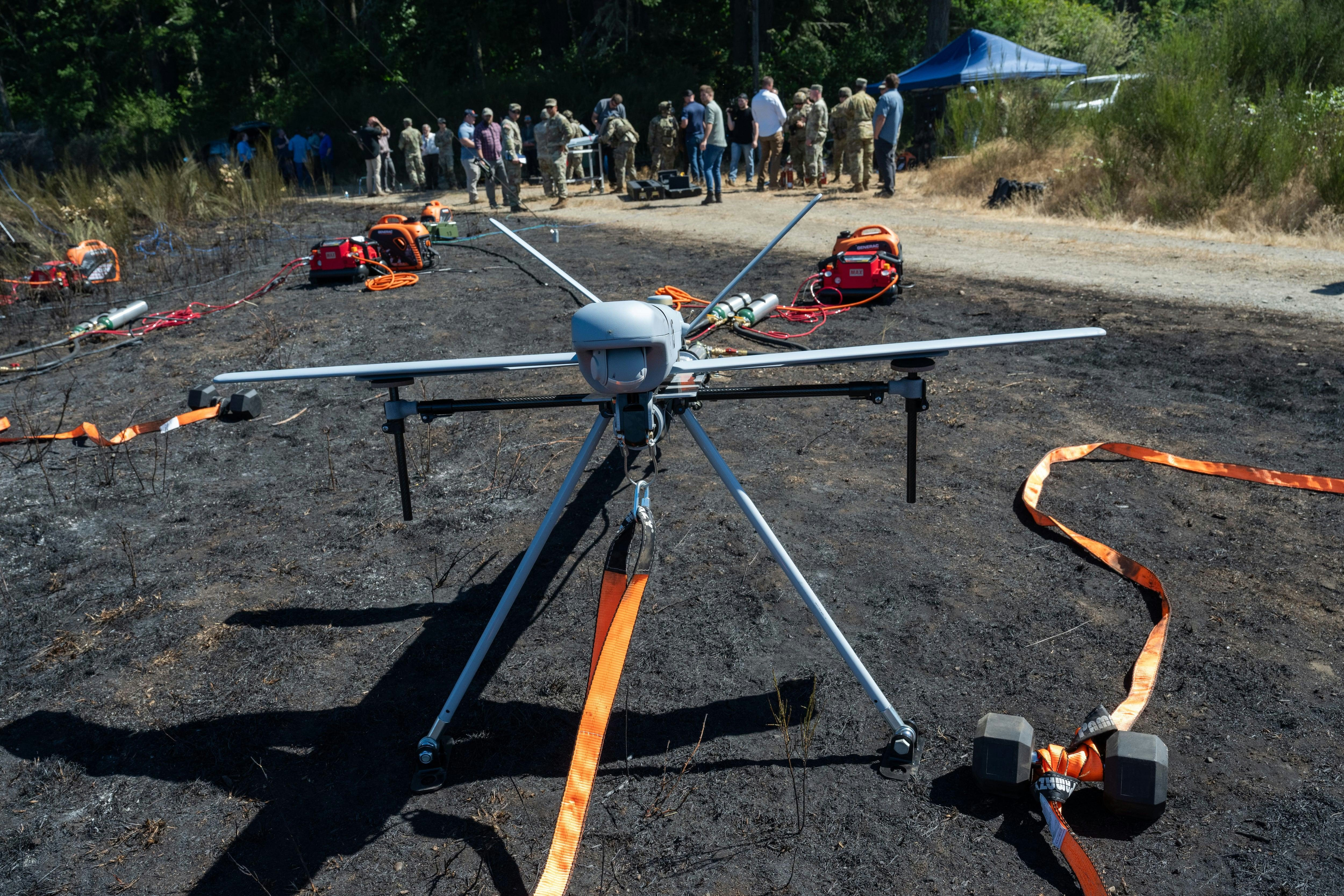
AeroGenie — Your Intelligent Copilot.
Trending
Categories
Ursa Major Secures $32.9 Million Contract to Power Stratolaunch’s Talon-A Hypersonic Vehicle
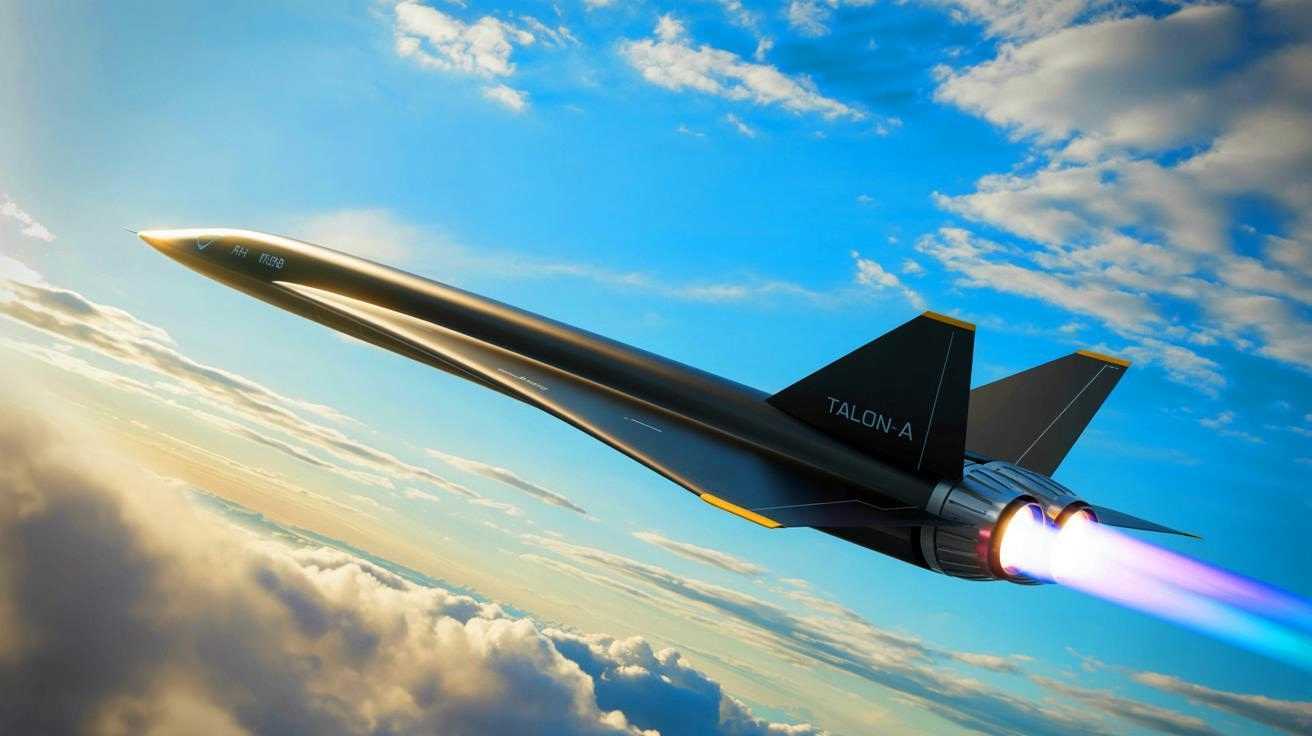
Ursa Major Secures $32.9 Million Contract to Power Stratolaunch’s Talon-A Hypersonic Vehicle
Ursa Major, a prominent U.S.-based aerospace firm, has been awarded a $32.9 million contract to supply its advanced H13 rocket engines for Stratolaunch’s Talon-A, a reusable hypersonic test vehicle. This agreement represents a significant advancement in bolstering the United States’ hypersonic testing capabilities amid intensifying global competition, particularly from China and Russia.
Enhancing the Talon-A for Advanced Hypersonic Testing
The Talon-A is a state-of-the-art reusable vehicle engineered to achieve speeds exceeding Mach 5, or five times the speed of sound. It is launched from Stratolaunch’s large carrier aircraft and serves as a critical platform for testing next-generation military hypersonic technologies, aligning closely with Pentagon priorities. The vehicle recently completed its second successful hypersonic flight test, a milestone that Stratolaunch President and CEO Dr. Zachary Krevor described as pivotal for refining the vehicle’s structural integrity and overall performance.
Under the new contract, Ursa Major will integrate upgraded H13 engines into the Talon-A. These engines are designed to deliver 5,000 pounds of thrust and utilize oxygen-rich staged combustion, a sophisticated propulsion technology typically reserved for large space launch vehicles. The enhancements are expected to extend engine lifespans, reduce operational costs, and enable more frequent test flights—factors that are essential for accelerating the development of hypersonic technologies.
Strategic Significance and Market Dynamics
This collaboration forms part of a broader U.S. strategy to maintain technological superiority in hypersonic systems, an area where international competitors are rapidly advancing. The partnership, however, faces several challenges, including the technical complexities of integrating new propulsion systems, navigating regulatory frameworks, and maintaining a lead over global rivals.
The hypersonic propulsion sector is becoming increasingly competitive. For instance, North Vector Dynamics recently secured a $4.2 million defense contract for its own hypersonic propulsion technology. Such developments are likely to intensify the race for innovation and government funding, compelling companies to accelerate their research and development efforts.
Implications for the Aerospace Industry
The Ursa Major-Stratolaunch contract is expected to attract increased investor interest in the hypersonic technology sector, underscoring the growing importance of advanced propulsion systems in national defense. As the United States seeks to expand its hypersonic testing infrastructure, partnerships like this are vital for expediting the development of both offensive and defensive hypersonic capabilities.
In sum, Ursa Major’s $32.9 million contract to power the Talon-A marks a strategic effort to enhance U.S. hypersonic testing and sustain a competitive edge on the global stage. Nonetheless, the path ahead will require overcoming integration challenges and responding to a rapidly evolving competitive environment.

United Airlines Flight Returns to Dulles After Engine Failure on Takeoff

United Airlines flight makes emergency landing at Dulles after engine failure

The Impact of the New Air Force One’s Delayed 2028 Arrival on Aviation and Travel

United Airlines Restarts Controversial AI Scheduling for Flight Attendants
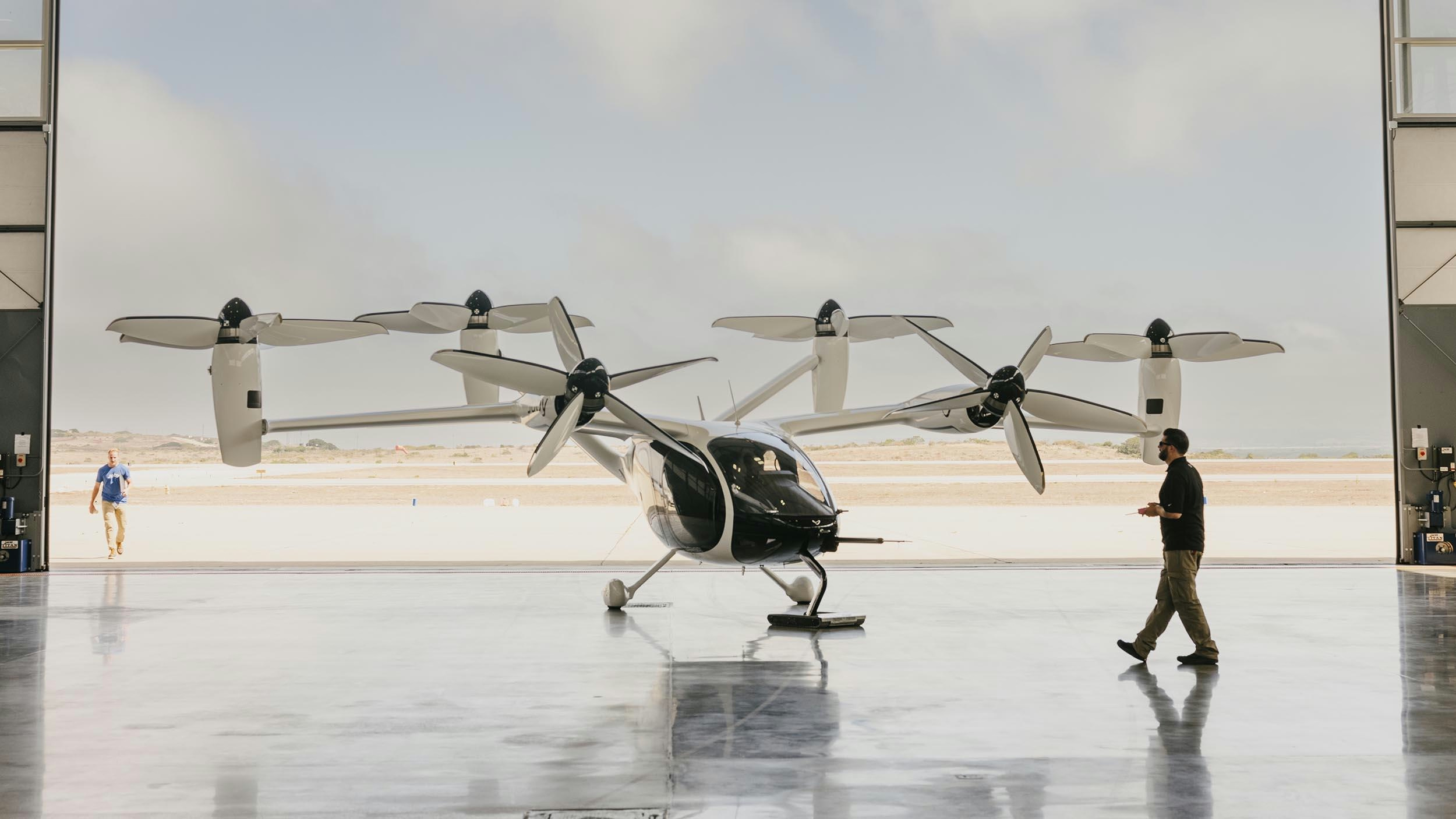
Joby Aviation’s Air Taxis Poised to Change Urban Travel and Tourism
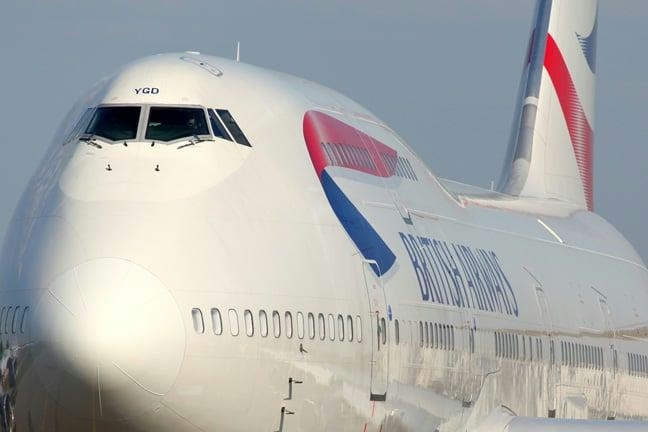
BA Chief Warns AI Agents May Diminish Brand Visibility
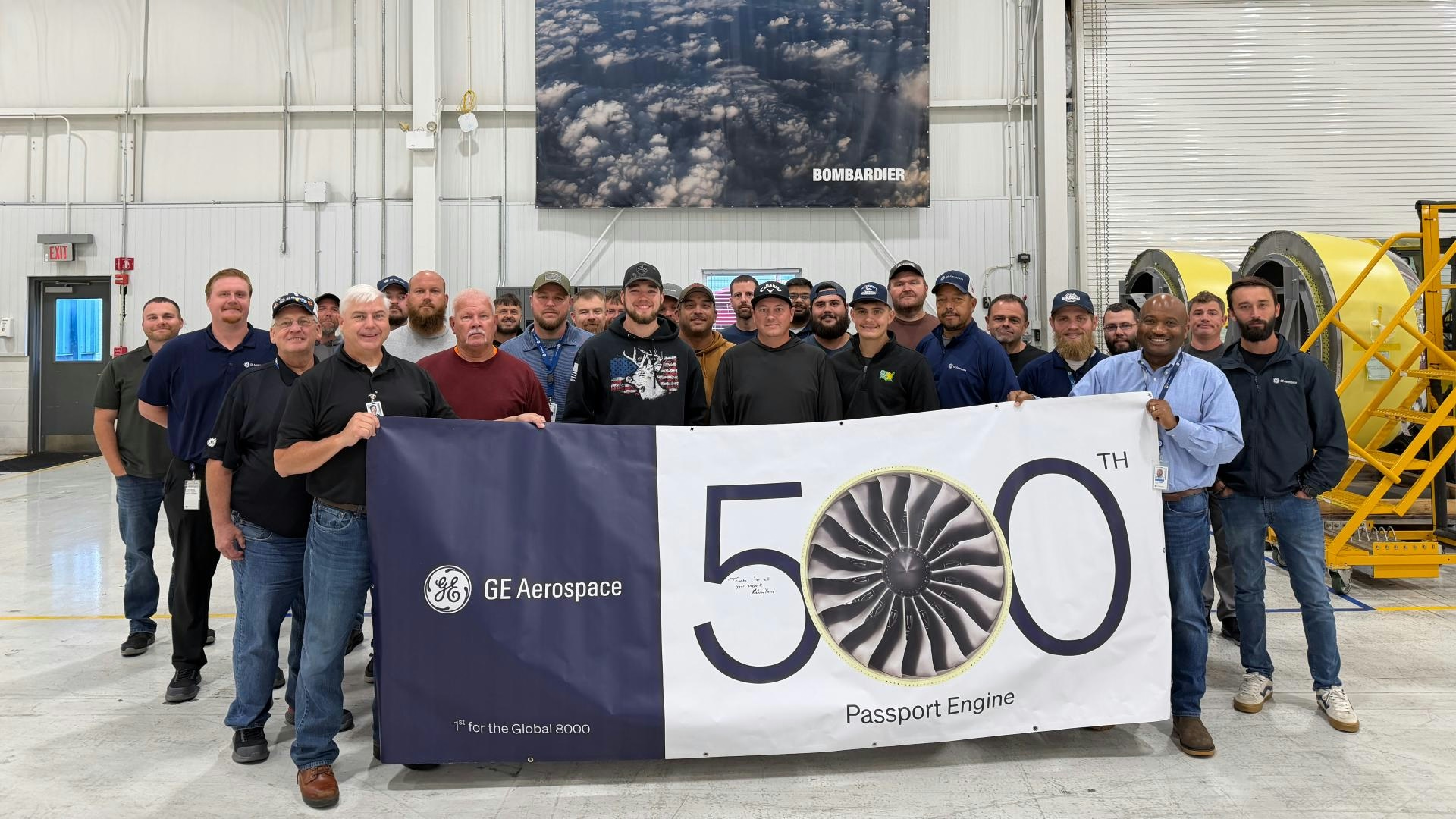
How GE Is Meeting Global Jet Engine Demand
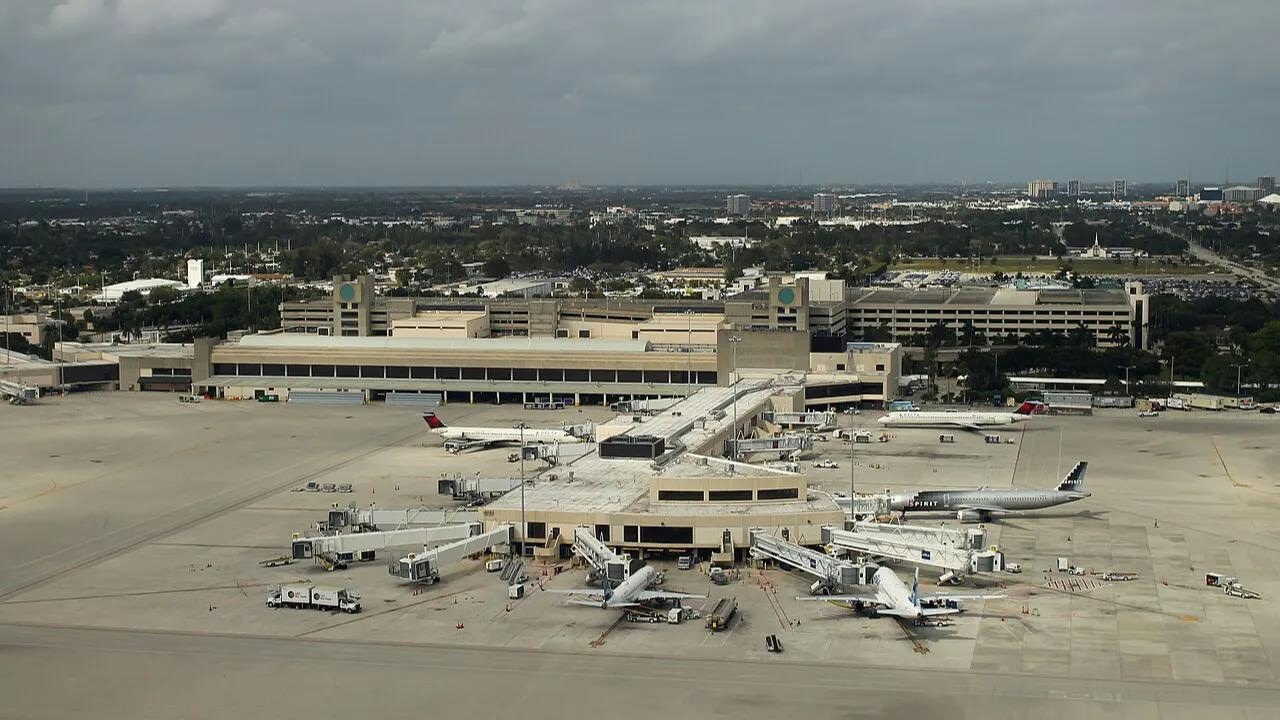
IATA Projects Airline Profits of $41 Billion in 2026
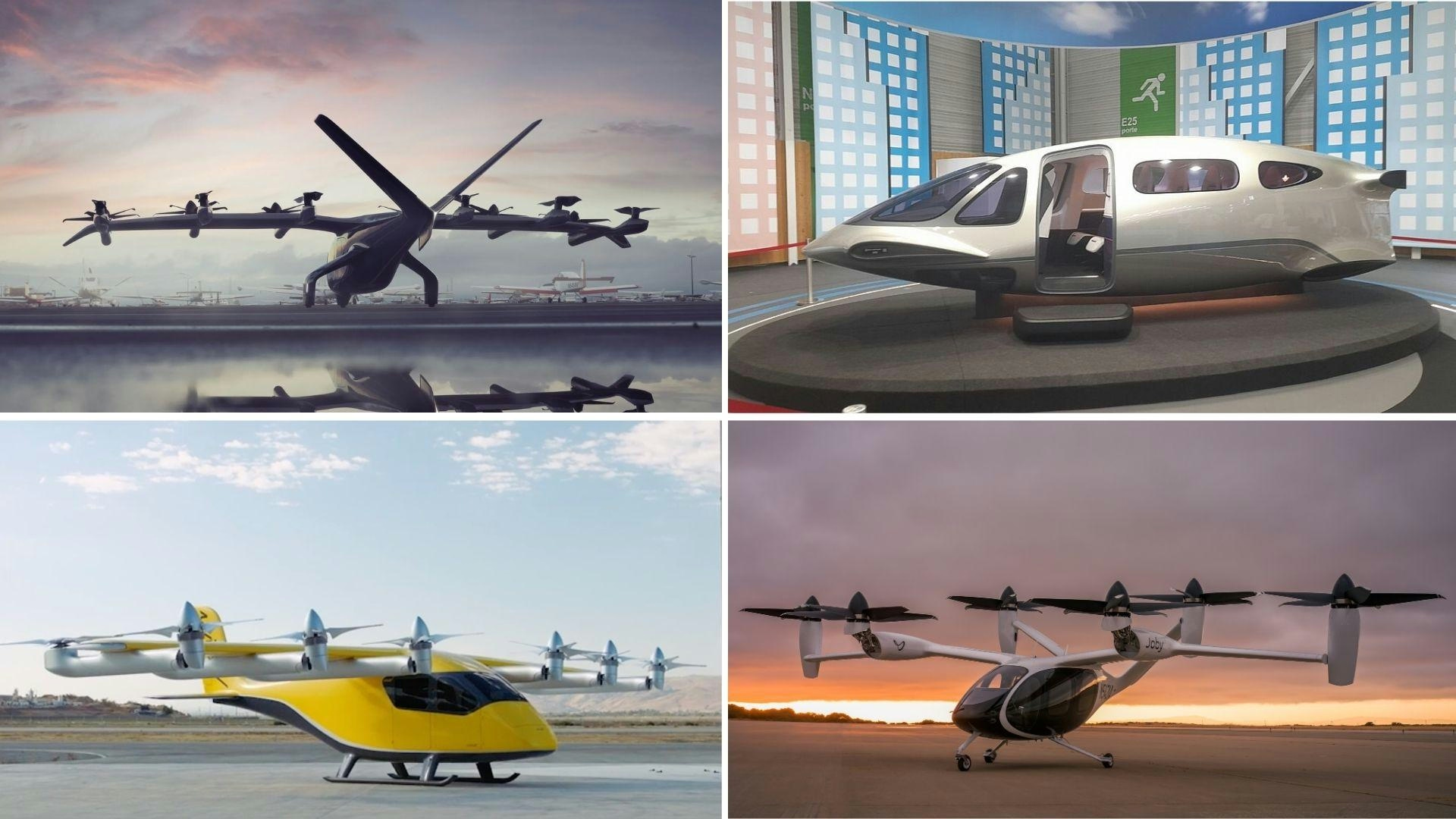
Five Air Taxis Poised to Shape Urban Mobility by 2026
